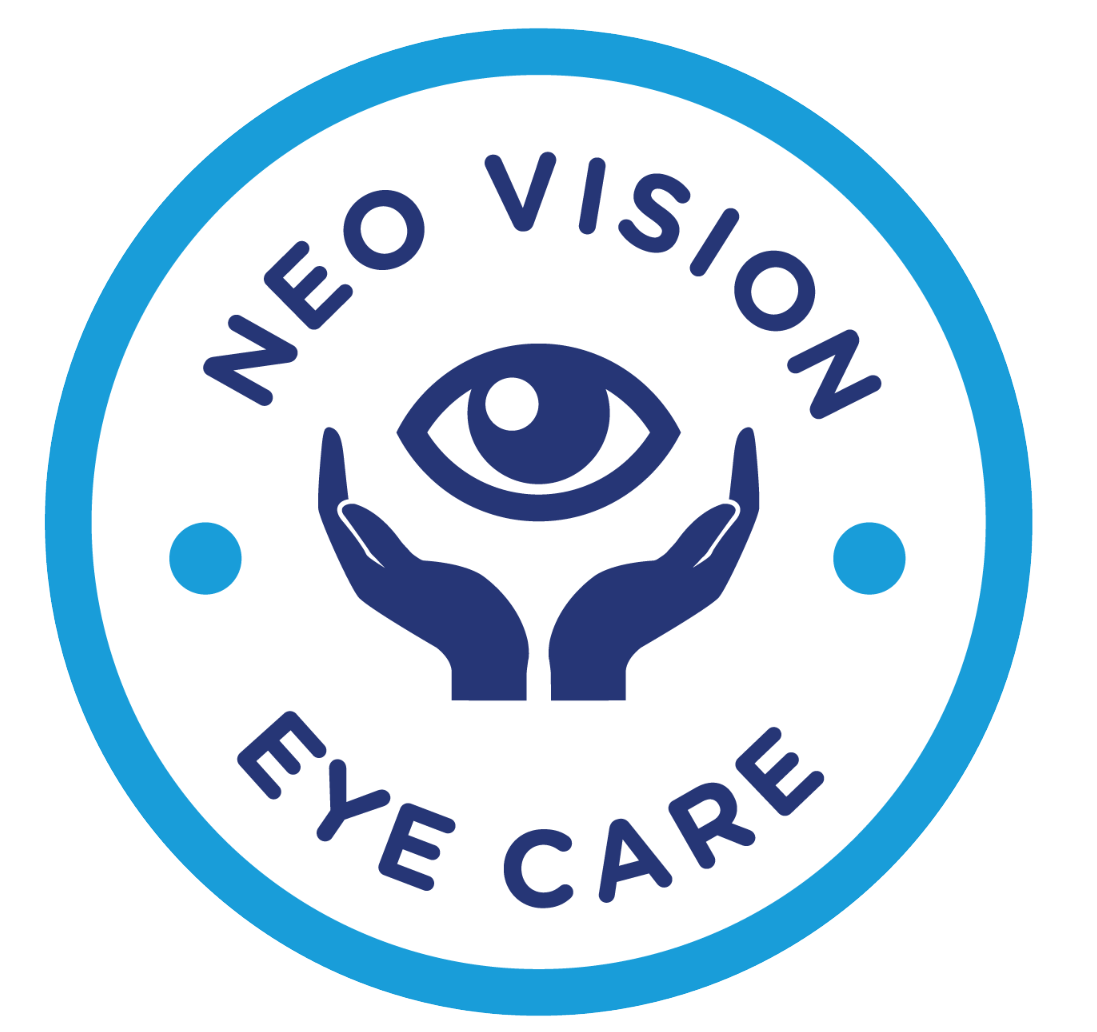Introduction: The Importance of Recognizing Color Blindness Symptoms Early
Color blindness is a condition where a person has difficulty seeing colors in a typical way. Most often, people struggle to tell the difference between certain colors, like reds and greens. Color blindness symptoms can vary but understanding them early is crucial. Early identification helps those affected, especially kids, who can face challenges in learning and social interaction due to their confusion with colors. Spotting the signs of color vision issues early can lead to better planning and support. This way, individuals can lead happier and more productive lives.
Grasping the Concept of Color Blindness: Causes and Prevalence
Color vision deficiency is the inability to see certain colors correctly. It’s more common than many realize, affecting millions worldwide. There are two main reasons for it: genetic and acquired. Genetics play a huge role; many people inherit the condition from their family. However, other factors can contribute too, like aging or certain illnesses. While family history is a strong indicator, not everyone inherits color blindness symptoms. Some people develop symptoms over time due to health conditions or medication. Knowing the common causes helps individuals understand their condition better.
Identifying General Symptoms of Color Blindness
There are notable color blindness symptoms that someone might notice. These can include difficulty distinguishing certain colors, especially reds and greens. Some might mix up blues and yellows too. These signs might appear mild, leading many to go undiagnosed for years. Mild cases may not affect daily life initially, making a proper diagnosis very important. Without it, people may not seek the help and adjustments needed in school or work. Being attentive to these symptoms helps in obtaining timely support.
Types of Color Vision Deficiency: Recognizing Specific Symptoms
There are three main types of color vision deficiency: – Red-green color blindness: Difficulty seeing reds and greens, the most common form. – Blue-yellow color blindness: Blue and yellow colors get confused but is much rarer. – Complete color blindness: Also called achromatopsia, where colors appear as shades of gray.
The prevalence varies, with red-green being the most widespread. Understanding these specific symptoms helps in recognizing what type someone might have, allowing for better management and support.
Spotting Early Signs of Color Blindness in Children
Early signs in kids may appear as challenges at school or during play. Kids might struggle with worksheets that use colors or find it tough to play games that rely on color distinction. Parents should watch for color blindness symptoms such as their child coloring the sky green or grass red, or not matching colors and patterns correctly. These early clues can prompt further investigation and ensure the child gets the help they need to thrive educationally and socially.
Identifying Symptoms in Adults: Everyday Challenges
Adults often face different challenges. Navigating daily tasks like cooking or shopping can be tricky with color blindness symptoms. They may struggle to differentiate between ripe and unripe fruits, or choose matching clothes for work. The implications are significant when professional paths require precise color identification. Color blindness symptoms might limit someone from certain career options in fields like art and design, yet adaptations and support can help manage these everyday obstacles effectively.
When and How to Seek Professional Evaluation for Color Blindness
Knowing when to ask for help is vital. If someone notices persistent color blindness symptoms, a professional evaluation can confirm the condition. Common tests include the Ishihara test, which uses colored dot patterns, and the EnChroma test, which highlights color differences. Seeking a doctor’s advice ensures a proper diagnosis and identifies possible ways to help manage color blindness symptoms. It provides clarity on their situation and informs the best steps for improvement.
Distinguishing Color Blindness from Other Vision Challenges
Some might confuse color blindness symptoms with other vision issues, but it’s important to clarify this misconception. Color blindness is specifically about how colors are seen, unlike general sight issues like needing glasses. Fortunately, many find ways to adapt. It doesn’t limit their ability to lead full lives, but understanding the difference helps in seeking precise solutions. Clarifying these differences aids in addressing color blindness symptoms accurately.
Navigating Life with Color Blindness: Strategies and Support
Learning to live with color blindness symptoms involves using certain strategies and tools. Some practical tips include: – Using labeled products, like clothes and paints – Trying color-corrective glasses – Applying phone apps that name colors
Technology provides useful aids for the color-blind community. Innovations, like apps and special lenses, help individuals see colors better. Beyond tech, support networks offer advice and share experiences, making life easier for those adjusting to their condition.
Conclusion: Affirming the Value of Early Detection and Support
Spotting color blindness symptoms early allows for effective adaptation. Recognizing these signs can significantly improve the quality of life. Encouraging individuals to use available resources and support networks makes a noticeable difference. Early detection not only enhances learning and work opportunities but also boosts confidence and independence. By understanding and supporting those with color blindness symptoms, a more inclusive world becomes achievable for everyone.


